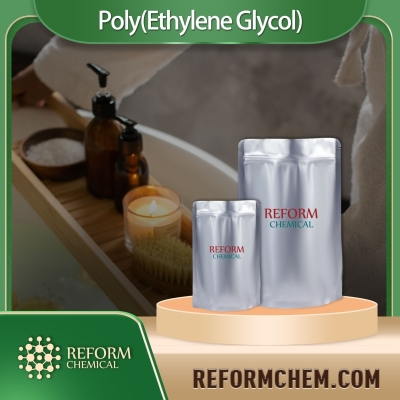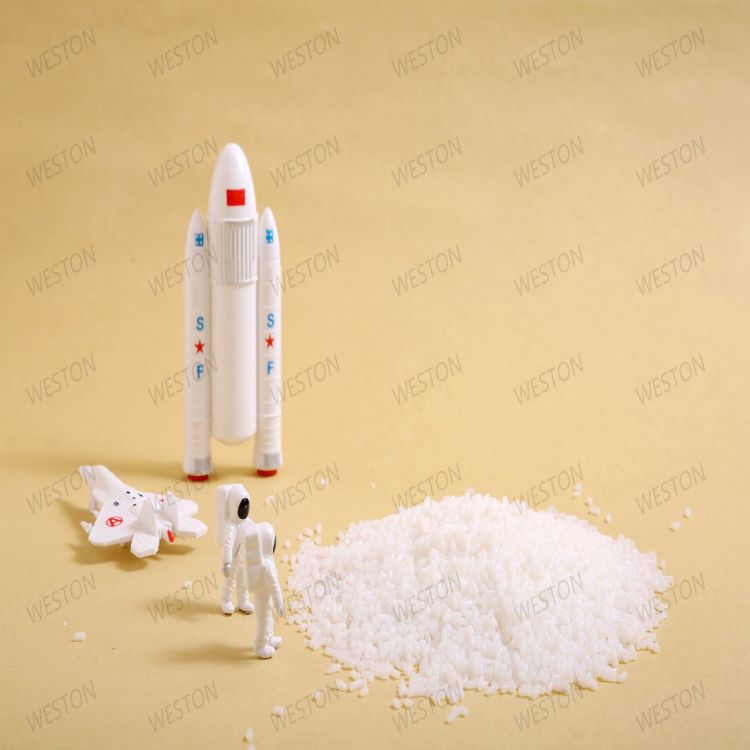-
Categories
-
Pharmaceutical Intermediates
-
Active Pharmaceutical Ingredients
-
Food Additives
- Industrial Coatings
- Agrochemicals
- Dyes and Pigments
- Surfactant
- Flavors and Fragrances
- Chemical Reagents
- Catalyst and Auxiliary
- Natural Products
- Inorganic Chemistry
-
Organic Chemistry
-
Biochemical Engineering
- Analytical Chemistry
-
Cosmetic Ingredient
- Water Treatment Chemical
-
Pharmaceutical Intermediates
Promotion
ECHEMI Mall
Wholesale
Weekly Price
Exhibition
News
-
Trade Service
Piezoelectric actuators have high precision and fast response speed, and are widely used in biomedicine, microelectronics, oil and gas exploration, aerospace and other fields
.
These piezoelectric devices are generally required to operate over a wide temperature range (room temperature to high temperature), and are required to have both large electrostrain and low strain hysteresis
.
At present, the most widely used piezoelectric ceramics are mainly lead-based materials, but because lead is harmful to the human body and the environment, it is urgent to develop high-performance lead-free piezoelectric materials
.
Bismuth sodium titanate (Bi0.
5Na0.
5TiO3, BNT)-based piezoelectric ceramics has the advantages of large field-induced strain and high Curie temperature, so it has become one of the most potential candidates
.
At present, there are two main methods to improve the piezoelectric properties of BNT-based materials.
One is to construct a quasi-isotype boundary (MPB) by chemical doping, which reduces the energy barrier, thereby promoting polarization inversion and extension to obtain large electrical strain; It is by destroying the long-range ferroelectric order and generating a relaxed state, thereby obtaining a lower strain hysteresis
.
Nevertheless, it is rare to obtain BNT-based piezoelectric ceramics with high strain and low hysteresis simultaneously in a wide temperature range
.
In this regard, Lou Xiaojie's group and collaborators from Xi'an Jiaotong University prepared BNBT-KNLNS3 (BNBT as the base element and KNLNS ferroelectric phase as the doped component) ceramics through relaxation-ferroelectric phase field simulation and rational composition design
.
The ceramic has excellent piezoelectric properties with large strain (0.
32-0.
51%) and low strain hysteresis (the lowest is only ~11.
1%) in a wide temperature range (25-125°C)
.
The high performance of BNBT-KNLNS3 can be attributed to the relaxation-to-ferroelectric transition under electric field, and the presence of MPB composed of tetragonal and rhombohedral phases effectively lowers the relaxation-to-ferroelectric transition energy barrier, embedded in A small fraction of the ferroelectric state of the relaxed matrix promotes the reversible relaxation-to-ferroelectric transition with concomitant polarization reversal and extension, ultimately enabling BNBT-KNLNS3 ceramics to exhibit large strain with low hysteresis over a wide temperature range
.
The above research results were published in the International Journal of Materials under the title "High-Performance Strain of Lead-Free Relaxor-Ferroelectric Piezoceramics by the Morphotropic Phase Boundary Modification" (High-Performance Strain of Lead-Free Relaxor-Ferroelectric Piezoceramics by the Morphotropic Phase Boundary Modification) Advanced Functional Materials
.
The first unit of the paper is the Institute of Frontiers of Xi'an Jiaotong University and the State Key Laboratory of Strength of Metal Materials.
The first author is Dr.
Li Tangyuan, and the corresponding authors are Professor Lou Xiaojie and Professor Wang Dong of the Frontier Institute and Associate Professor Li Linglong of Southeast University
.







